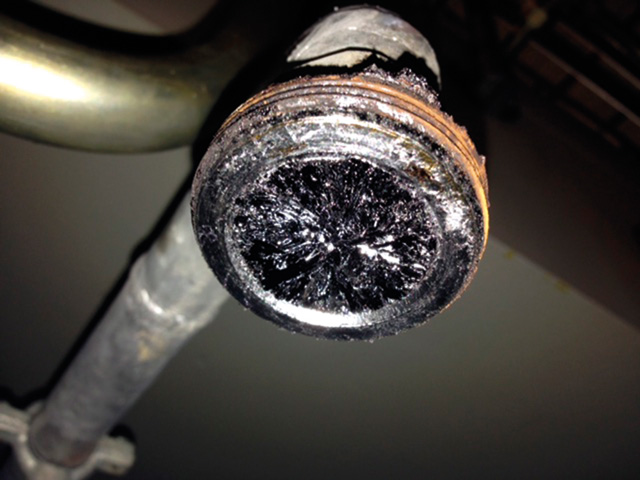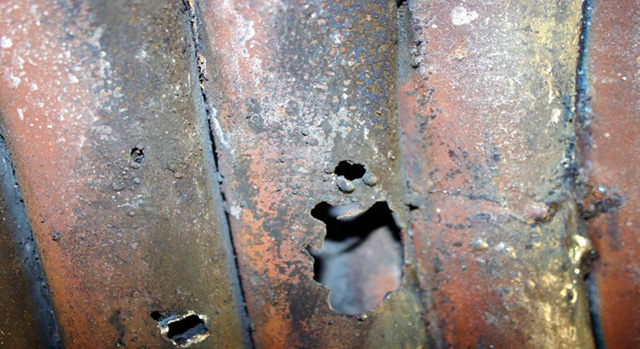
Dave Dyer, technical sales engineer at thermal fluid specialist Global Heat Transfer, explores the importance of air temperature when operating and maintaining heat transfer systems and how to regulate it effectively.
People often look forward to summer because of the increased temperatures, particularly when they have a holiday booked. However, when working in a manufacturing facility, hotter weather is less enjoyable, both for the staff and equipment.
Temperature control is essential for manufacturing environments, particularly in applications that use heat transfer fluids such as food, chemicals, plastics or pharmaceuticals manufacturing, which all require heating for production. Any external factors that change temperature can have a significant impact on processes, products and people, so manufacturers must consider how to control air temperature.
Feeling the heat
Increasing air temperature can put employee health and safety at risk; working in the heat for longer periods of time can lead to fatigue, reducing productivity and increasing the risk of illness.
While employee safety is paramount, engineering managers should also monitor air temperature to ensure that equipment remains operational; as equipment overheats energy consumption increases and equipment efficiency decreases. Electronic controls can fail when temperatures exceed 40 degrees Celsius. While you can switch off an overheating computer, if manufacturing equipment gets too hot, it can break down prematurely, leading to costly downtime.
One area that can be particularly affected when working with heat transfer systems is the expansion tank, a critical component that allows hot thermal fluid the space it needs to expand, which when heated can be up to 20% of system volume.
To allow for this as well as provide a sufficient safety factor, the expansion tank should always be approximately a third full when the system is cold. When the system is at full working temperature, the level in the expansion tank where oil hits the atmosphere should not exceed 60 degrees Celsius.
If the tank exceeds 60 degrees, the oil inside will oxidise, leading to a build-up of acid and carbon. Over time, this build-up will cause a reduction in heat transfer efficiency, reducing the lifespan of the system.

Keep it covered
Investing in correct and properly installed insulation is the best way to regulate air temperature in the facility, control the temperature of equipment and better protect employees. Insulation ensures that heat created in the manufacturing process does not heat up the facility elsewhere, ensuring that the air temperature is consistent. Insulating parts of the system also means that manufacturers can better regulate the temperature of equipment that must operate at specific temperatures, such as the expansion tank.
When choosing insulation for a heat transfer system, manufacturers should consider what material best suits the application. During its lifespan, a heat transfer fluid will degrade. The degradation process introduces by-products into the fluid, such as carbon that forms inside and acid that corrodes unseen parts of a thermal fluid system.
If this continues without intervention, small holes can appear in the coil, allowing fluid to leak, posing a fire hazard. Thermal oil would soak into porous insulation, increasing the risk of fire and other hazards, so using a non-porous insulation, such as blown glass, works best in areas of the system where fluid could leak, including flanges.
Insulation can seem like a costly initial investment, but it reduces maintenance costs over time. Insulating prevents heat from escaping, improving heat transfer efficiency and slowing the rate of fluid degradation, minimising the risk of downtime. Over time, manufacturers will also find that less energy wasted from heat escaping will reduce energy usage in the facility while also lowering the carbon footprint of the process.
While a cold drink and some shade keeps us cool in the summer months, manufacturing facilities must take more action to regulate temperature if they want to reduce maintenance costs. By investing in insulation, manufacturers can better regulate air temperature in a facility in any season, preventing health and safety risks while improving equipment efficiency and reducing the risk of downtime.
www.globalhtf.com | carolinel@globalgroup.org | t: +44 (0) 1785 760555

